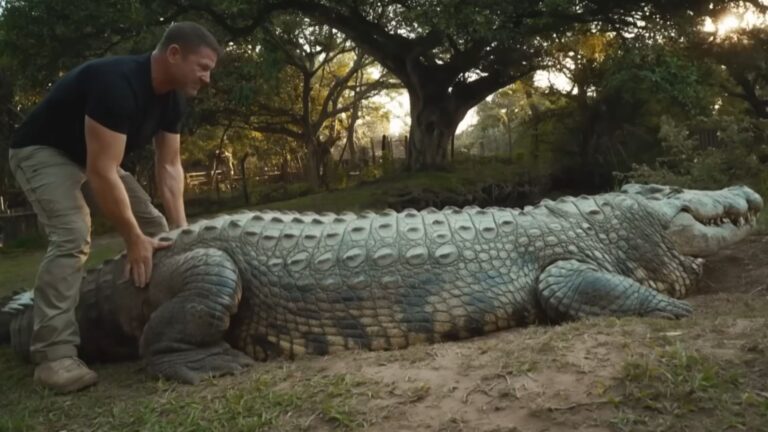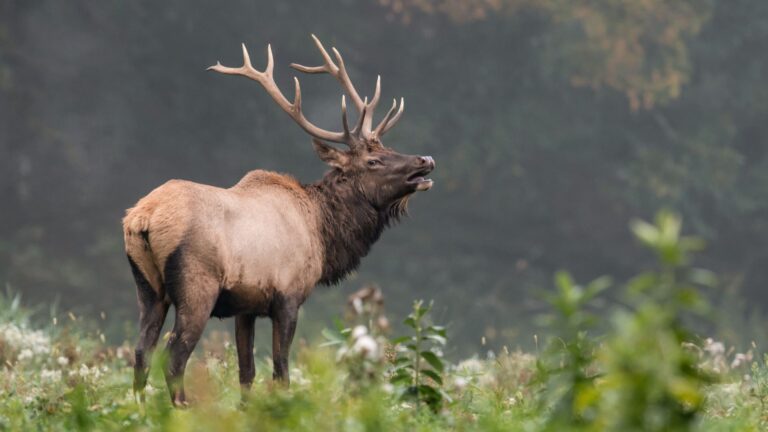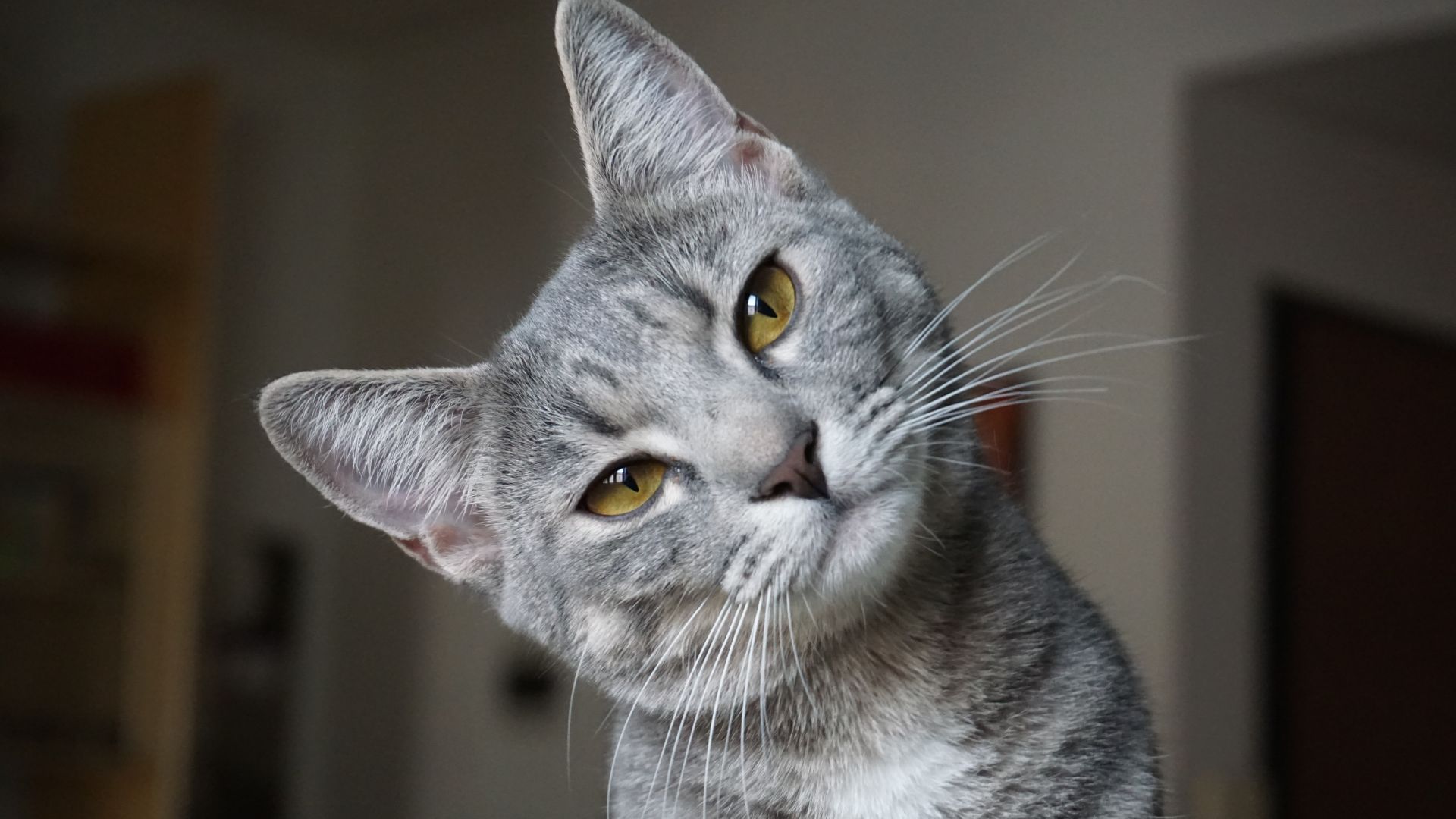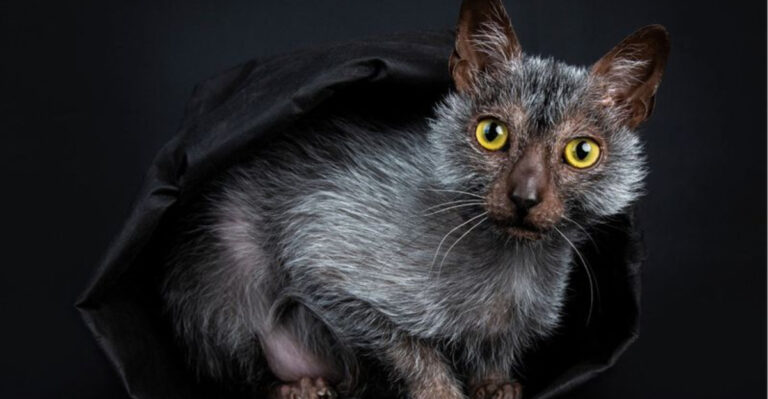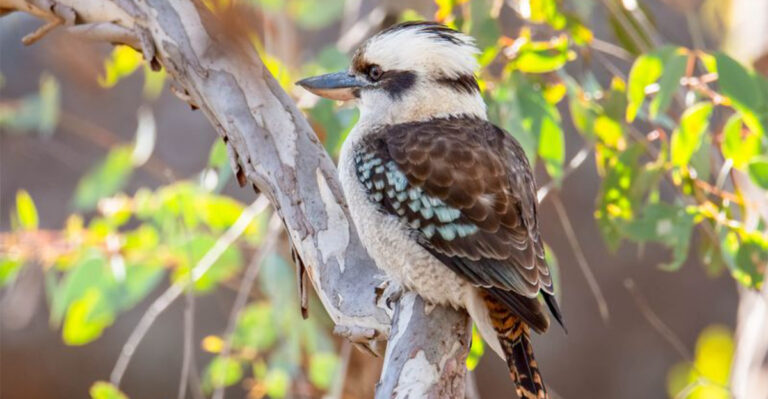8 Successfully Cloned Animals That Will Leave You In Awe
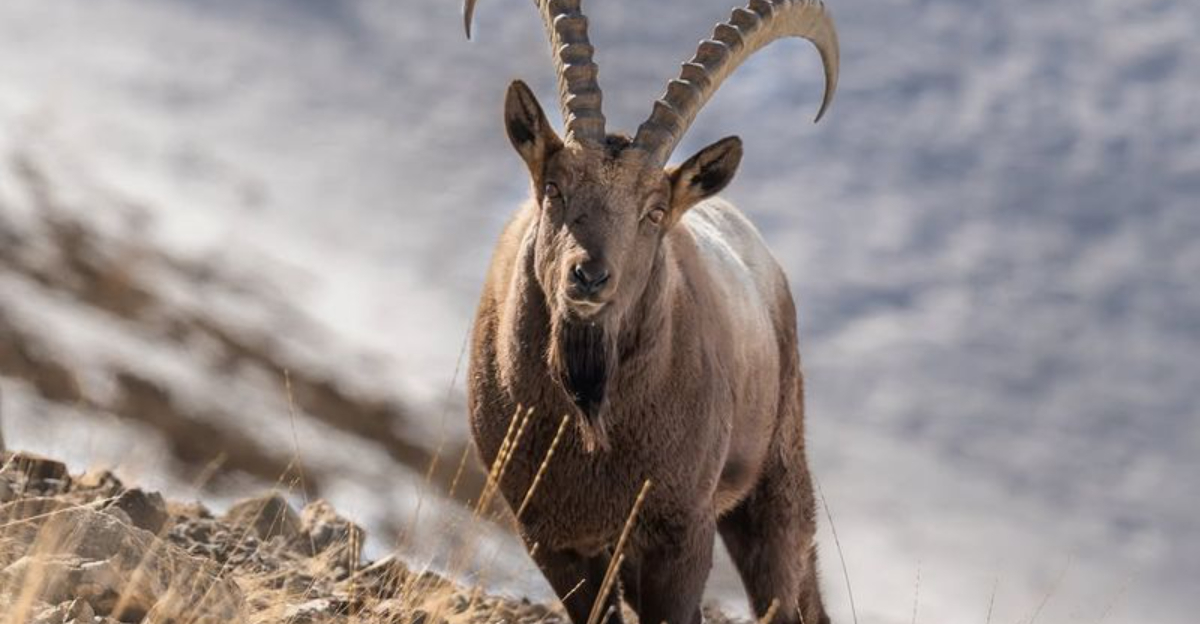
The world of science has pushed the boundaries of what we thought possible, bringing extinct and endangered animals back to life through cloning. From endangered species to household pets, these incredible cloning achievements showcase the possibilities of modern-day science.
Here, we explore eight of the most remarkable cloned animals that have captured our imagination and changed our understanding of biology forever.
1. Dog

Cloning a dog was once thought impossible until Snuppy, an Afghan Hound, was cloned in 2005. The process involved somatic cell nuclear transfer, where DNA from a donor dog was used.
Snuppy lived a healthy life, demonstrating the potential for cloning beloved pets and advancing veterinary medicine.
2. Horse
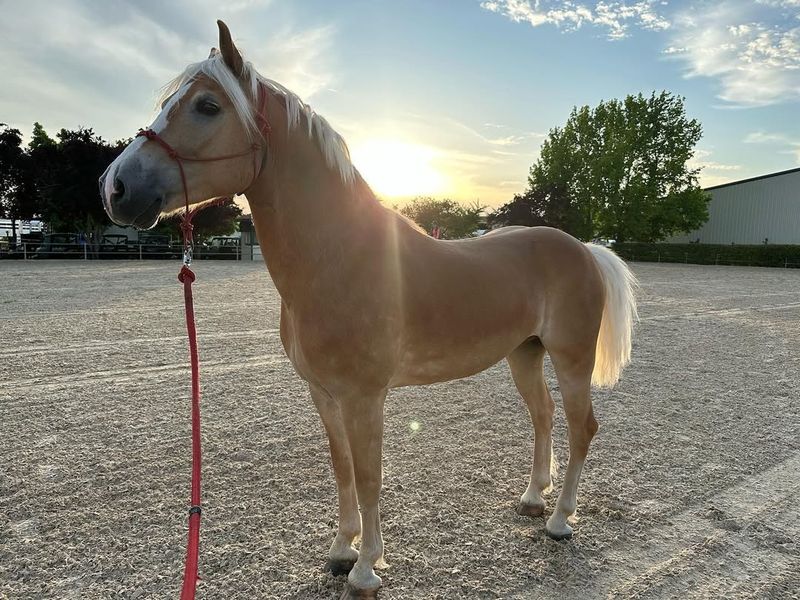
In 2003, a beautiful Haflinger named Prometea became the first horse clone. The process aimed at preserving elite genetics in equine sports and breeding.
Prometea’s success opened doors for cloning to enhance horse breeding strategies and maintain valuable bloodlines.
3. Endangered Ibex
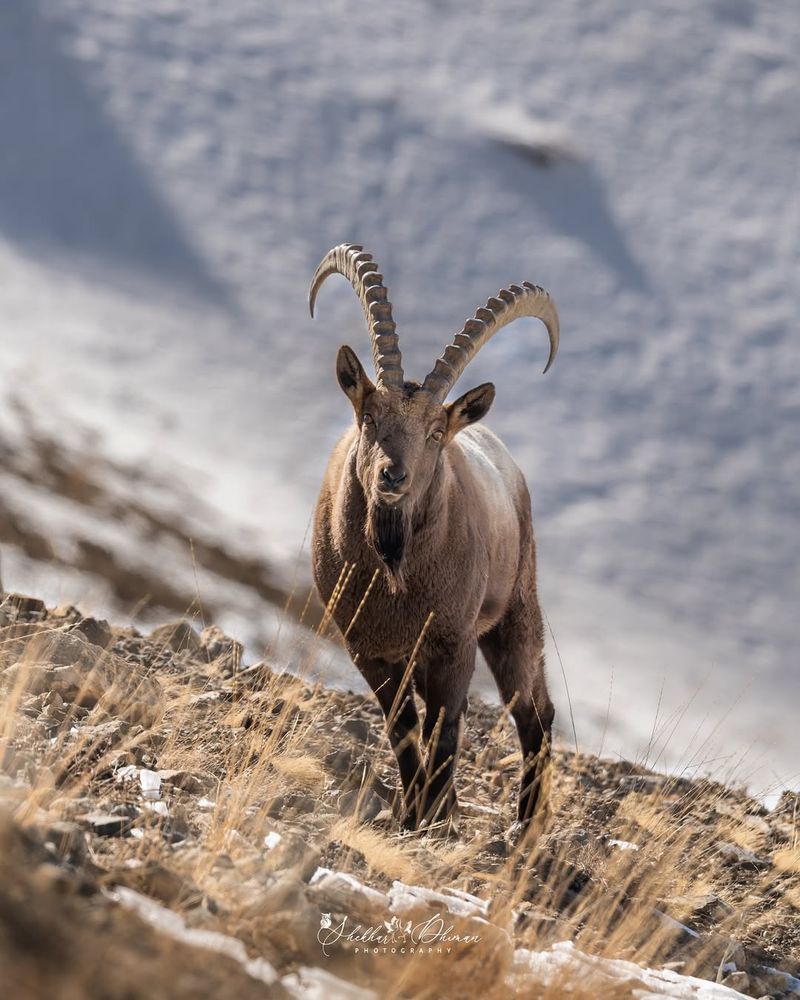
The endangered Ibex, specifically the Pyrenean Ibex, became a symbol of hope for conservationists worldwide. In 2003, scientists made history by cloning the Ibex, though the clone survived only for a few minutes.
This groundbreaking attempt marked the first de-extinction effort, raising questions about the future possibilities within conservation biology.
4. Cat
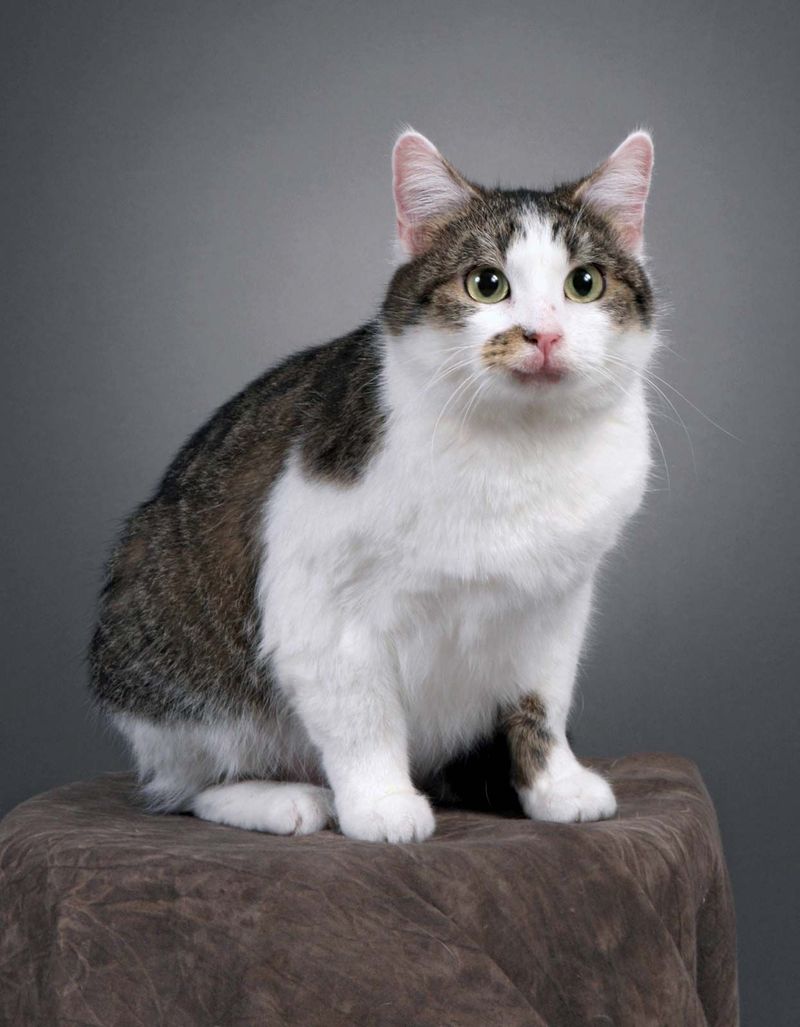
The first cloned cat, named CC (Carbon Copy), was born in 2001. Unlike her genetic donor, CC displayed a different personality and coat pattern.
Her existence proved cloning’s potential in understanding feline genetics and personalized pet cloning for cat lovers.
5. Sheep
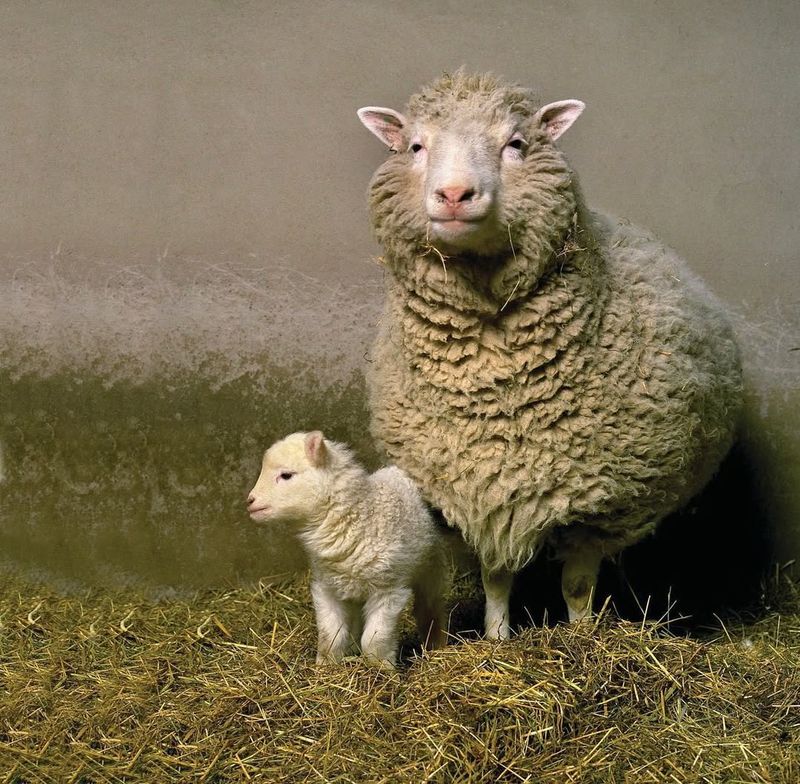
Dolly the sheep became a scientific icon as the first mammal cloned from an adult somatic cell in 1996.
Her existence revolutionized biological sciences, proving that specialized cells could create an entire organism. Dolly’s legacy continues to inspire advances in genetic research and regenerative medicine.
6. Carp
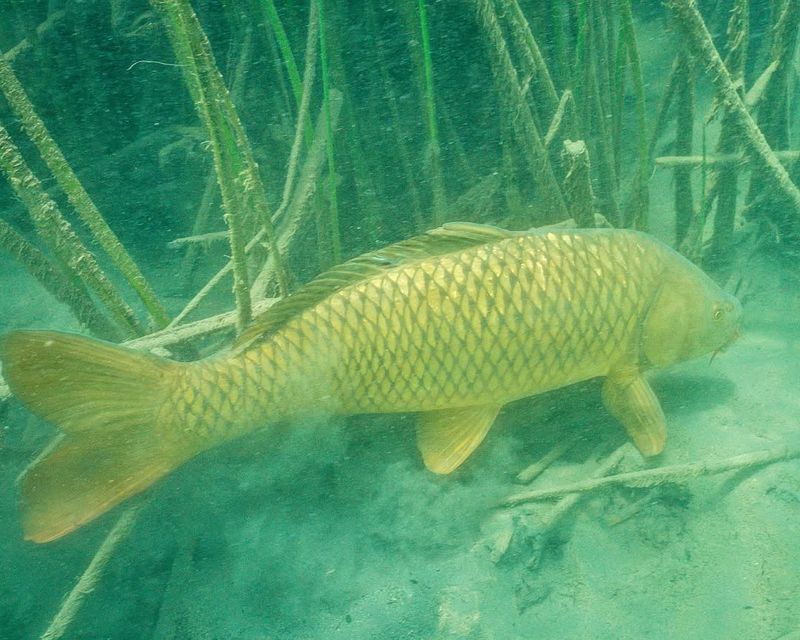
In 1963, Chinese scientists successfully cloned fish, leading to the cloning of the Asian carp.
This achievement in aquaculture highlighted cloning as a tool for preserving fish species and boosting production. The cloned carp demonstrated the potential for sustainable fish farming and biodiversity conservation.
7. Mule
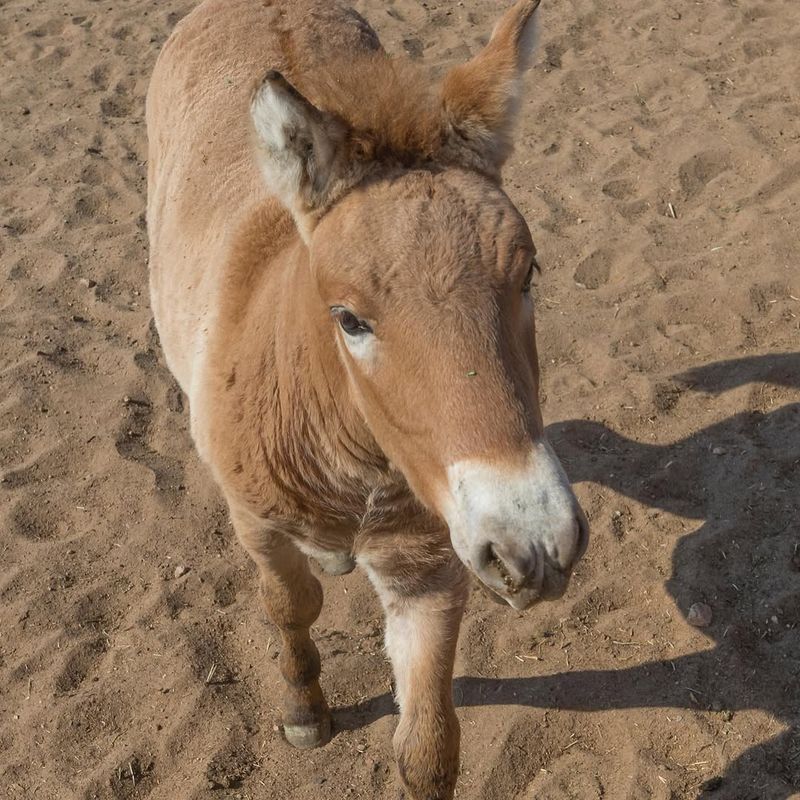
Idaho Gem, born in 2003, was the first cloned mule, showcasing cloning’s potential in equine research. Mules, being hybrids, are typically sterile, but cloning offered a way to reproduce elite traits.
Idaho Gem’s birth marked a milestone in cloning, paving the way for further research in hybrid animals.
8. Bison
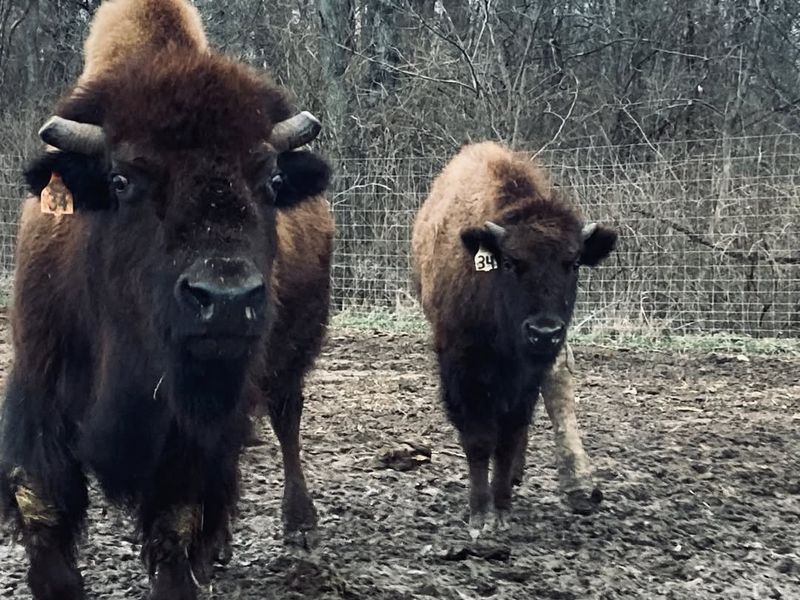
The cloning of a bison in 2005 was a leap forward for wildlife conservation. Aiming to preserve the genetic diversity of the species, scientists used interspecies somatic cell nuclear transfer.
This effort highlighted the potential for cloning in safeguarding endangered wildlife and bolstering biodiversity.

